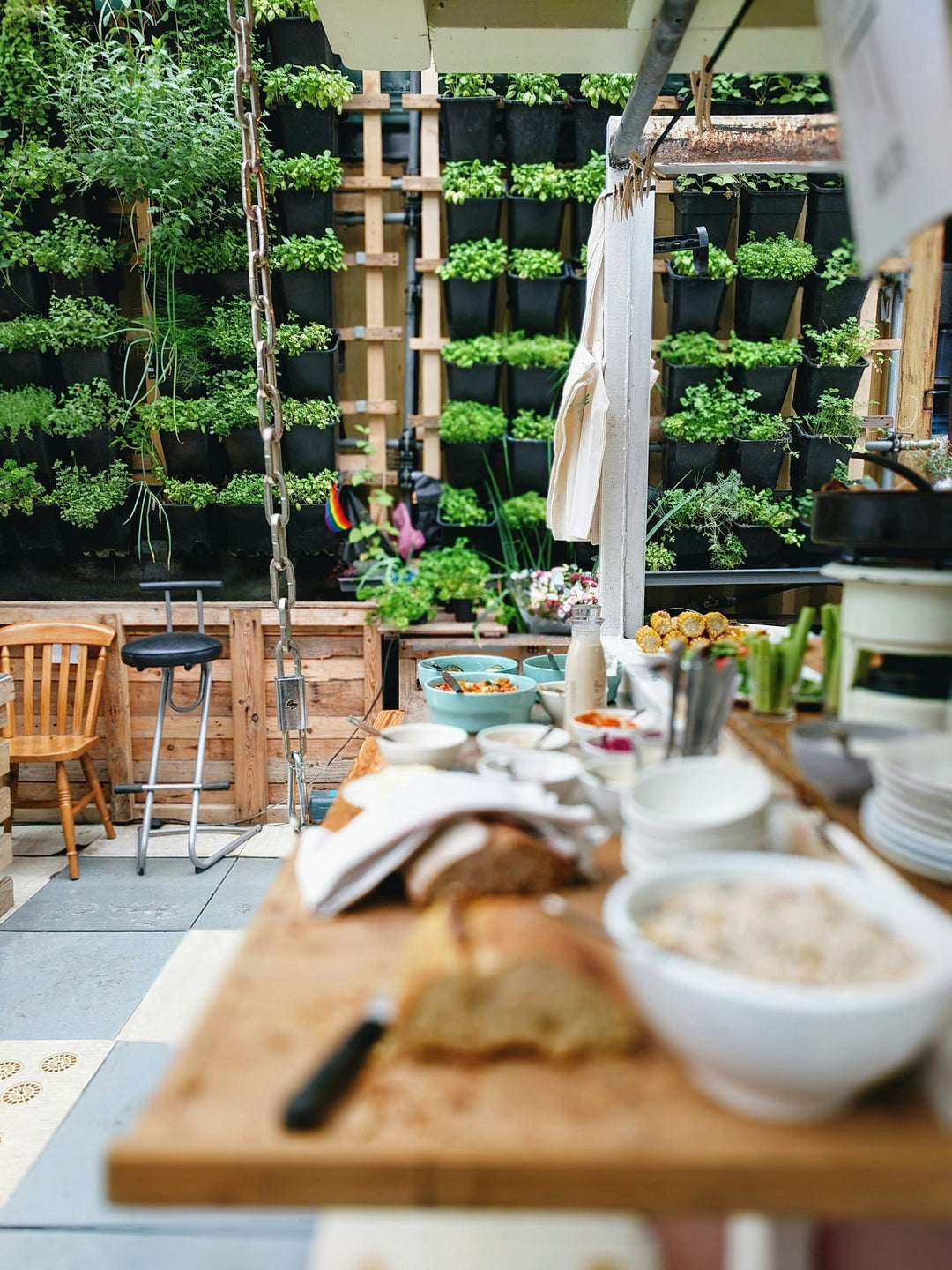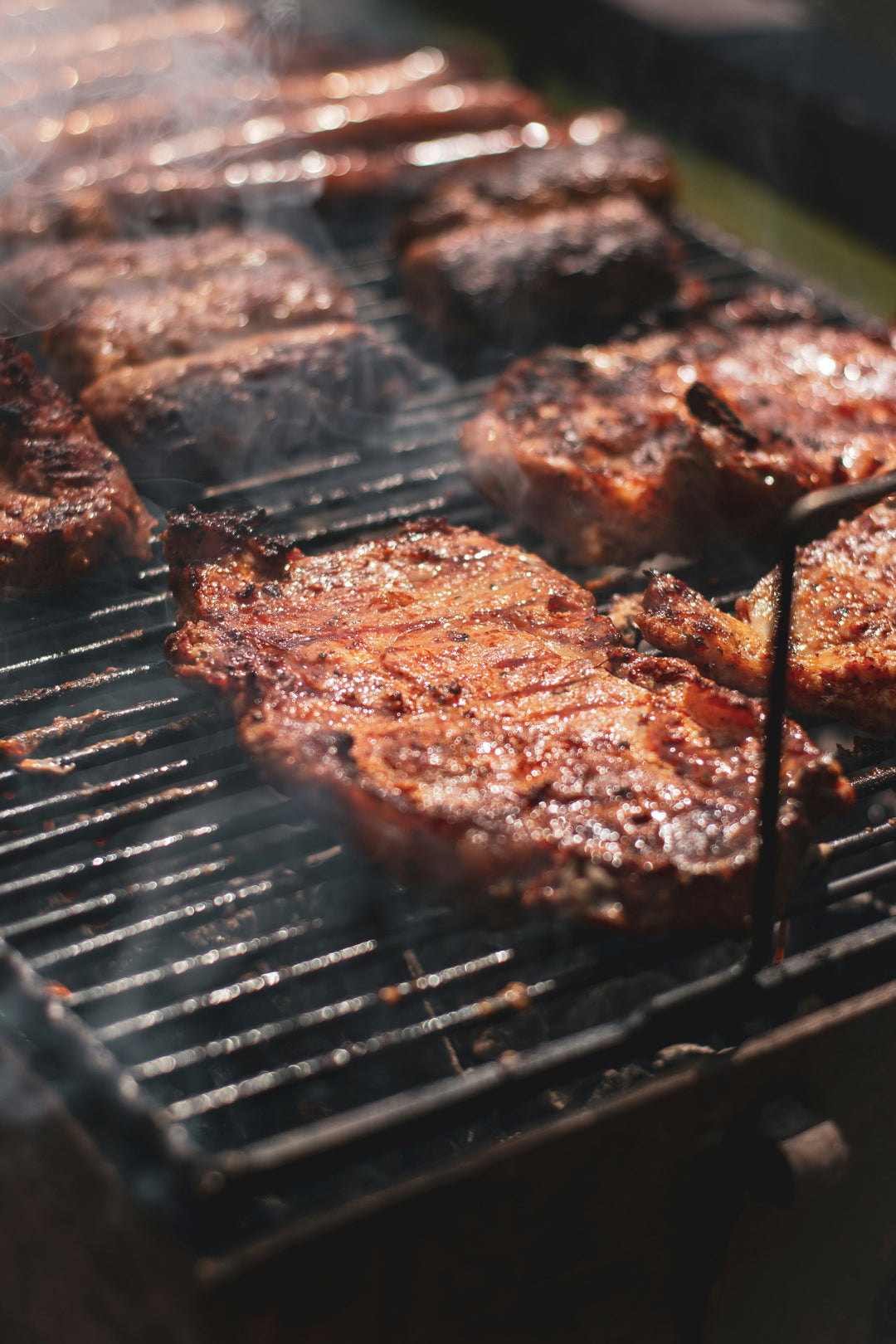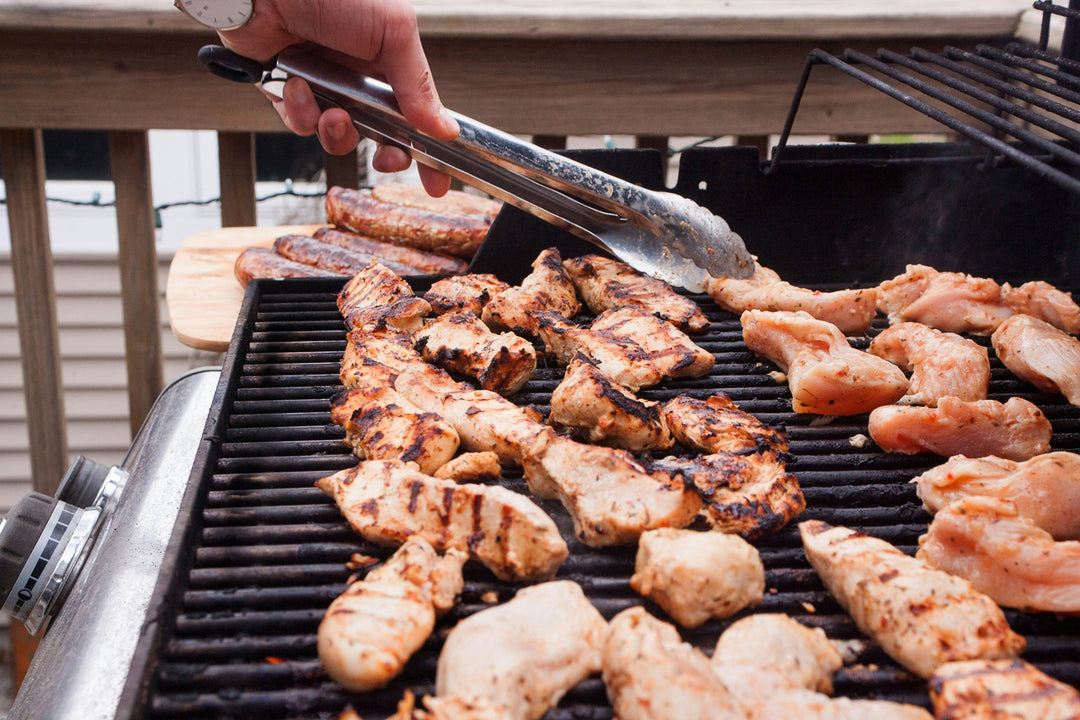Built-In Grill Buying Guide
Updated 21 Aug 2025 • Approx. 12–14 min read (skim‑friendly)
Fast‑Track: Choose 304/316 stainless, size the cook area at ~100 in² per guest, decide fuel by flavor vs. convenience (gas = speed, charcoal = smoke, pellet = both), plan insulated jackets + island venting, and confirm cutout + hood clearance before you build. Brand matrix and install checklist below.

Table of Contents
- Why Built‑In (Value & Use Cases)
- Budget Tiers + Example Use Cases
- Sizing, Cutouts & Hood Clearance
- Fuel Types (Gas • Charcoal • Pellet) + NG vs LP
- Materials & Build Quality (304 vs 316, grates, burners)
- Features That Matter (IR sear, rotisserie, smart)
- Brand Matrix (at‑a‑glance)
- Safety & Venting Essentials (with video)
- Installation Checklist (with video)
- Maintenance, ROI & FAQs
1. Why Built‑In (Value & Use Cases)
- Seamless integration: Fixed, stable, and flush‑mounted for a true outdoor‑kitchen look.
- Workflow: Keeps prep, cook, and serve zones tight—less walking, more grilling.
- Longevity: Pro‑grade materials + serviceable components outlast most carts.
- Upgrade path: Add side burners, storage, refrigeration, and pizza/flat‑top zones later.
2. Budget Tiers + Example Use Cases
| Tier | Typical Price | Build & Materials | Best For |
|---|---|---|---|
| Economy | < $1.5k | 430 stainless, basic burners, minimal extras | Light use, cosmetic islands, starter projects |
| Premium | $1.5k–$3k | 304 stainless, better grates & flame tamers, solid warranties | Most homeowners; balanced value + durability |
| Luxury | $3k+ | 304/316 stainless, infrared/rotisserie, internal lighting, refined fit/finish | Entertainers, coastal installs, showcase kitchens |
3. Sizing, Cutouts & Hood Clearance
Quick rule: Plan ~100 in² cook area per typical guest. The 36″ class (3–5 burners) is the sweet spot for most families.
| Grill Class (nominal) | Typical Burners | Approx. Cook Area | Cutout Width* (est.) | Notes |
|---|---|---|---|---|
| 30″–32″ | 3–4 | 500–650 in² | ~28.5″–30.5″ | Cozy for 4–6 guests |
| 36″ | 3–5 | 650–800 in² | ~34.5″–36.5″ | Best all‑around (6–10 guests) |
| 42″ | 4–5 | 800–1,000+ in² | ~40.5″–42.5″ | Entertaining & large cuts |
*Always confirm the manufacturer’s spec sheet for your exact model before building.
- Side/back clearance: Leave 4–6″ at sides, and ensure rear clearance for hood swing.
- Depth: Verify counter depth and setback so the hood opens fully without hitting walls.
- Access: Include access doors beneath for gas/electrical + maintenance.
4. Fuel Types (Gas • Charcoal • Pellet) + NG vs LP
| Fuel | Flavor | Startup & Control | Cleanup | Best For |
|---|---|---|---|---|
| Gas (NG/LP) | Clean, light smoke | Fast heat, precise knobs | Minimal | Weeknight convenience |
| Charcoal | Deep, classic smoke | Slower, less precise | Ash cleanup | Weekend flavor hunts |
| Pellet | Balanced wood smoke | Programmable temps | Moderate (ash cup) | Set‑it‑and‑forget‑it cooks |
- Natural Gas (NG): Hard‑plumb once; cheapest per cook; no tank swaps.
- Propane (LP): Flexible placement; plan tank storage + refills.
5. Materials & Build Quality (304 vs 316, grates, burners)
- Stainless: 304 = durable baseline; 316 (“marine‑grade”) resists corrosion best for coastal installs.
- Grates: Cast stainless or cast iron hold heat for better sear; stainless rods clean easier.
- Burners & flame tamers: Even heat distribution, fewer flare‑ups, better grease management.
- Lighting & sealing: LED knob lights, internal halogens, and sealed panels improve night use & longevity.
6. Features That Matter (IR sear, rotisserie, smart)
- Infrared burners: Side or rear; steakhouse crust in minutes.
- Rotisserie: Self‑basting roasts; pair with rear IR burner.
- Smoker boxes / pellet tubes: Add smoke to gas cooks.
- Smart controls: Wi‑Fi/Bluetooth temp monitoring, probe alerts.
- Warming racks & zones: Stage sides/buns; manage multiple courses smoothly.
7. Brand Matrix (at‑a‑glance)
Representative snapshot—verify exact specs for the model you choose.
| Brand (Series) | Common Sizes | Notable Features | Typical Materials | Warranty Signal |
|---|---|---|---|---|
| Blaze (Prelude/Pro) | 32–44″ | IR options, solid value | 304 SS, cast SS burners | Strong for price tier |
| Coyote | 28–42″ | Wide fuel options, accessories | 304 SS | Good parts support |
| Napoleon | 32–42″ | Jet‑fire ignition, rear rotisserie | 304 SS | Well‑known support |
| DCS (Series 7/9) | 36–48″ | Pro burners, rotisserie, lighting | 304 SS | Premium tier |
| TEC (Sterling) | 26–44″ | All‑IR precision searing | 304 SS | Specialist IR brand |
8. Safety & Venting Essentials (with video)
- Insulated jacket: Required when the island uses combustible framing or cladding.
- Island vent panels: Install high/low vents to relieve gas buildup and heat; don’t block with doors.
- Under‑hood clearance & back wall: Maintain the manufacturer’s minimums; protect adjacent finishes.
9. Installation Checklist (with video)
- Confirm model + cutout: Print the spec sheet; measure twice.
- Frame right: If combustible, add the manufacturer’s insulated jacket.
- Vent the island: High/low panels on opposing sides; keep them unobstructed.
- Utilities: NG/LP line sizing + shutoff, electrical (lighting/ignition/rotisserie).
- Access doors: Service space for valves, wiring, and drip trays.
- Test fit + first fire: Check ignition on all burners; season grates; verify no leaks.
10. Maintenance, ROI & FAQs
| Interval | Task | Notes |
|---|---|---|
| Monthly | Degrease hood & flame tamers | Reduce flare‑ups; better heat consistency |
| Quarterly | Check burner ports & ignition | Clear debris; verify spark on each burner |
| Annually | Inspect gas lines & re‑seal stone surfaces | Especially critical in coastal/salty air |
Do I need an insulated jacket?
Yes—if your island is any form of combustible material (wood framing, PVC paneling, many composites). It protects the island and preserves warranty.
How big should I go?
Use ~100 in² per guest and consider a 36″ class as the versatile middle ground for most families.
NG or LP?
NG is cheaper per cook and never runs out; LP gives flexible placement but needs refills. Choose based on your site and hosting habits.
Related Solavi resources:



Leave a comment